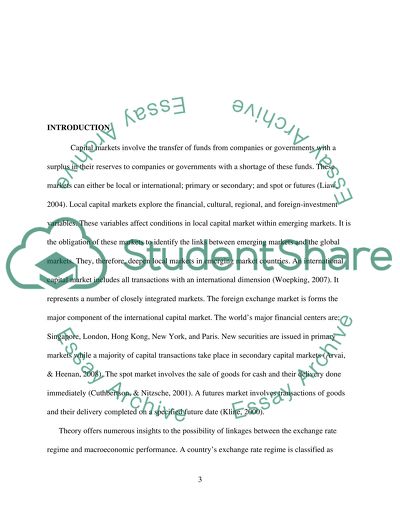Cite this document
(“Exchange Rate Regime Tendency and Regulations Essay”, n.d.)
Exchange Rate Regime Tendency and Regulations Essay. Retrieved from https://studentshare.org/macro-microeconomics/1639399-essay-critically-evaluating-the-statement
Exchange Rate Regime Tendency and Regulations Essay. Retrieved from https://studentshare.org/macro-microeconomics/1639399-essay-critically-evaluating-the-statement
(Exchange Rate Regime Tendency and Regulations Essay)
Exchange Rate Regime Tendency and Regulations Essay. https://studentshare.org/macro-microeconomics/1639399-essay-critically-evaluating-the-statement.
Exchange Rate Regime Tendency and Regulations Essay. https://studentshare.org/macro-microeconomics/1639399-essay-critically-evaluating-the-statement.
“Exchange Rate Regime Tendency and Regulations Essay”, n.d. https://studentshare.org/macro-microeconomics/1639399-essay-critically-evaluating-the-statement.


